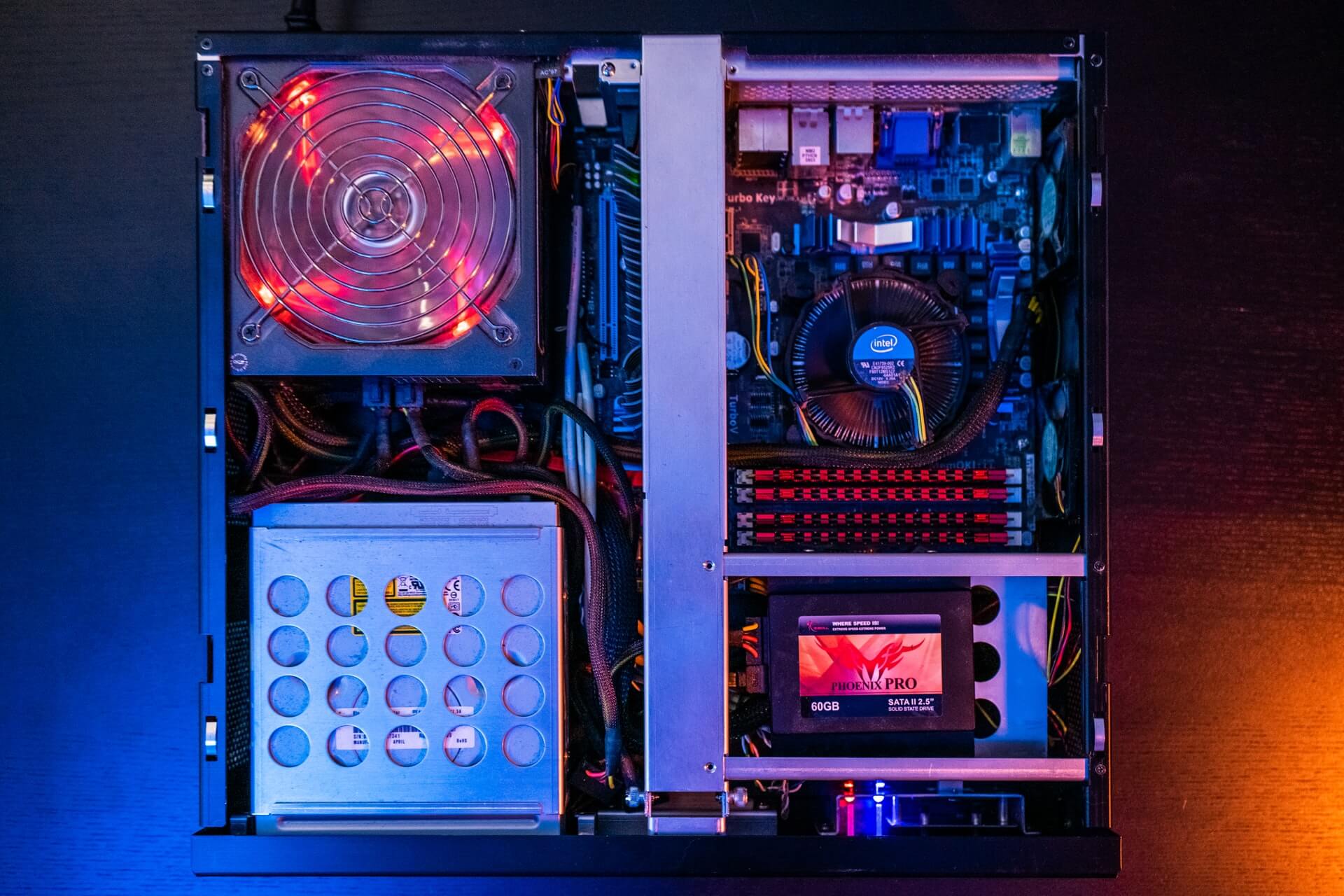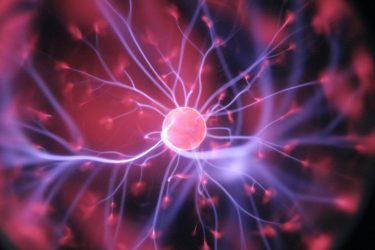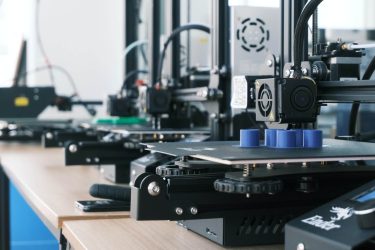Power supply design is a challenging task. Feeding those needs, a handful of power component companies recently rolled out devices that aim to boost the performance and efficiency of power supplies.
Engineers have to be aware of several design specifications when dealing with power supplies. Designers have to consider the following: appropriate regulators, thermal management, grounding, capacitance, frequency response, power integrity, power efficiency, and inrush current all while maintaining minimal external components. The final product, power supply should have sufficient product life, manage internal, and external temperatures well, as well as input voltage.
With the tech world booming, electrical engineers have to be provided with a number of next-generation power supplies that can handle each demanding market. Recently, a few key developers such as ROHM, Power Integrations, and Toshiba are presenting their devices that aim to boost the performance and efficiency of power supplies.
Even as electronic devices aim for smaller footprints, the number of components required for each dedicated power supply continues to grow. Addressing that issue, ROHM Semiconductor has developed a new technology called QuiCur that can maximize the response performance of power supply ICs. ROHM says this technology can improve load transient response characteristics of DC/DC converter ICs and LDOs.
Power supplies rely on efficient, fast response performance to enable voltage stability at subsequent stages of DC/DC conversion, such as switching regulators and linear regulators. To help engineers tackle the reduction of external components, ROHM’s QuiCur allows designers to reduce the amount of capacitors required in power supplies. This also reduces the design load for the entire power supply.




